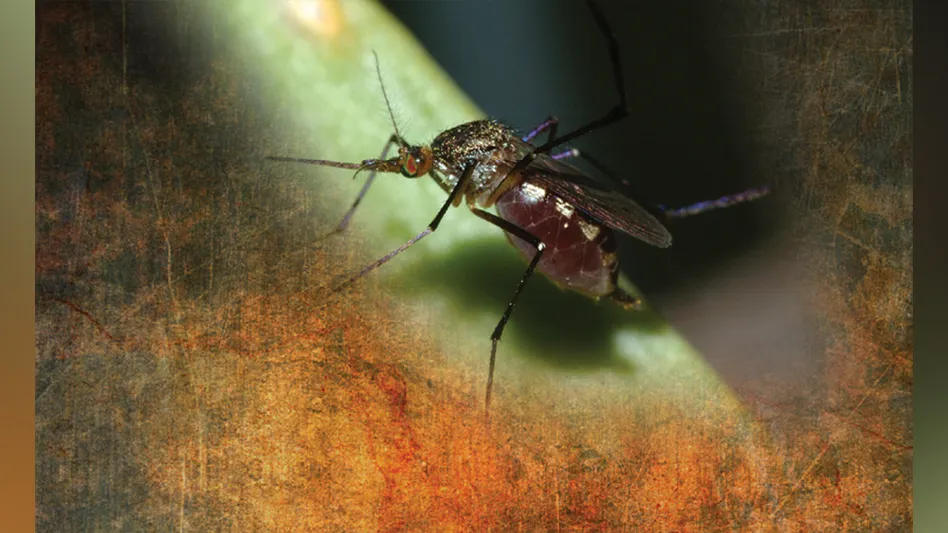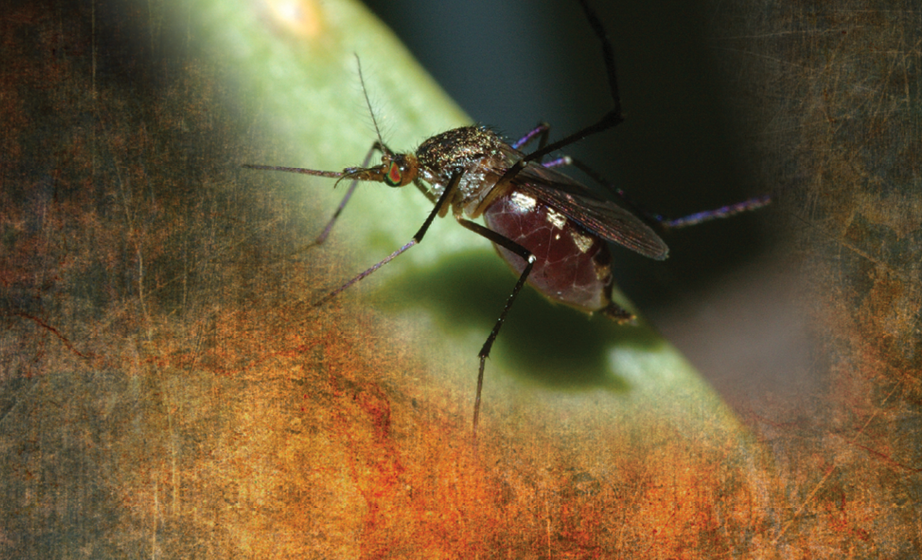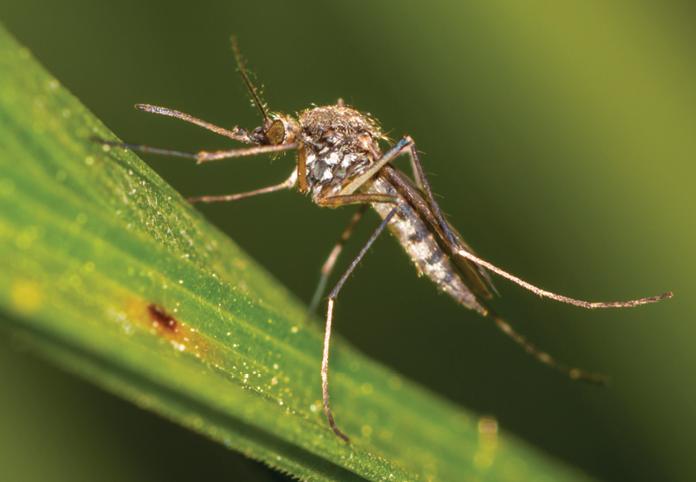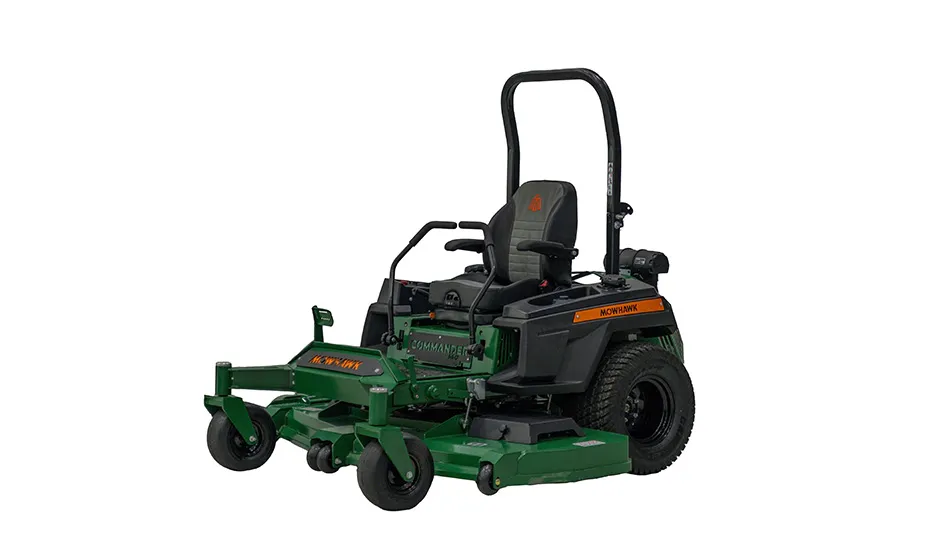

Editor’s Note: This article originally appeared under the headline “Mosquito Management in the Era of Extreme Weather” in Entomology Today, a project of the Entomological Society of America with the goal of reporting interesting discoveries in the world of insect science and news from various entomological societies. To learn more, visit www.entomology today.org.
We are well aware by now of the many ways in which climate change is reshaping the world we live in, but how are we experiencing these changes regionally, firsthand? As an entomologist working for a local government mosquito control organization in the northeast United States, we have the unique ability to closely observe mosquito populations in a specific area over a long period of time and can pick up on trends and changes.
A lot of interesting current research sheds light on the relationship between climate change and mosquitoes. Studies have linked drought and rising temperatures to increased incidence of arthropod-vectored disease and a longer mosquito season. On the other end of the weather spectrum, much work has been done looking at mosquito population dynamics after hurricane flooding.
A flood of mosquitoes
With each passing hurricane season, we are reminded how an increased frequency and severity of extreme weather events is becoming the new normal. According to the National Oceanic and Atmospheric Administration, the past six years have been above-average hurricane seasons, with 2020 marking the most active and 2021 the third-most active seasons in recorded history. Though New England may not first come to mind when thinking about hurricane fallout in the U.S., the exploding mosquito populations experienced in 2021 after three consecutive storms may change people’s minds.
After repeated flooding events throughout the height of summer, the 2021 mosquito season shattered every trap abundance record my district in Massachusetts previously had. I had never before seen so many mosquitoes squeeze themselves into one trap — so ravenous for the carbon dioxide bait that they compressed themselves, over 23,000 of them, into a 40-cubic-inch space (about the size of a sandwich container).
Mosquitoes are so weather dependent in very nuanced ways.
The majority of these collections were made up of floodplain mosquito species, which lay eggs in a dry floodplain area and wait for rain to flood the surrounding wetland with enough water for the eggs to hatch. A few common species increase after these rainfall events, but collections are mostly made up of two in particular: Aedes vexans and Psorophora ferox.
During the 2021 season, these two species had three peaks in abundance closely following three large rainfall events throughout the summer, starting with the remnants of hurricane Elsa, which hit the Northeast in early July. The mosquitoes Ps. ferox and Ae. vexans are aggressive human biters and are capable disease vectors; their presence does not go unnoticed. These peaks in relative abundance are corroborated by an increase in resident calls reporting intolerable mosquito conditions around their homes and requests for area-wide mosquito adulticiding. And with the repeat rainfall events and repeat mosquito emergences, there was never relief.
As mosquito control professionals, using these historical and current mosquito population data along with weather data is an important part of our integrated pest management toolbox. We can predict how much flooding will cause an outbreak of floodplain mosquito species and be proactive about managing populations rather than reactive. We can treat these floodplains for larvae as time, resources and weather allows, hopefully reducing the need to resort to area wide adulticiding.

Different species move in
The historical floodplain abundance data has also highlighted the clear shift in dominant floodplain species during an outbreak. In the past, floodplain outbreaks were dominated by Ae. vexans, as Ps. ferox had not yet expanded its range this far north. However, in recent years, Ps. ferox populations have exploded, especially in response to flooding events, and they appear to be replacing Ae. vexans as the dominant floodplain mosquito. Our historical data shows very low collections of Ps. ferox overall, gradually increasing each year until it is almost equal to the Ae. vexans population in 2013, which was our last big floodplain outbreak before a period of drought in 2015 to 2016.
Since then, traps are dominated by Ps. ferox in floodplain areas, with 2021 being the most productive season by far. Some further mosquito excitement stemmed from the collection of a very nasty and formidable mosquito in 2020 and 2021: Psorophora ciliata. Sometimes known as the gallinipper, Ps. ciliata is a very large mosquito and packs a painful bite. Its described range covers most of the eastern United States, including the Northeast, excluding Maine. The species is more common farther south, but some districts in the Northeast have collected individuals over the past few years. My district collected our first adult Ps. ciliata in 2020, increasing to three individuals in 2021. News outlets reported a large outbreak of this mosquito after a hurricane flooded parts of North Carolina, describing a dire situation where residents were unable to be outside for any period of time without being barraged from the air by these large and aggressive human biters. Though we hope it will not come to that in New England, we do expect to see more of this mosquito in the future.
I am frequently asked to predict the upcoming mosquito season by news outlets, friends and acquaintances, and residents in our district. This is never easy to do because mosquitoes are so weather dependent in very nuanced ways. Moving forward, after two consecutive years of high rainfall and growing Ps. ferox populations, it will be interesting to see what mosquito season brings.

Explore the May 2023 Issue
Check out more from this issue and find you next story to read.





